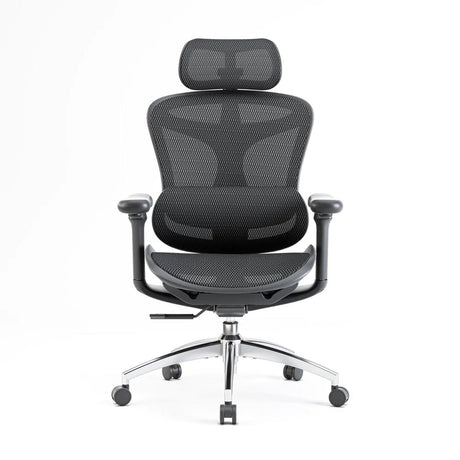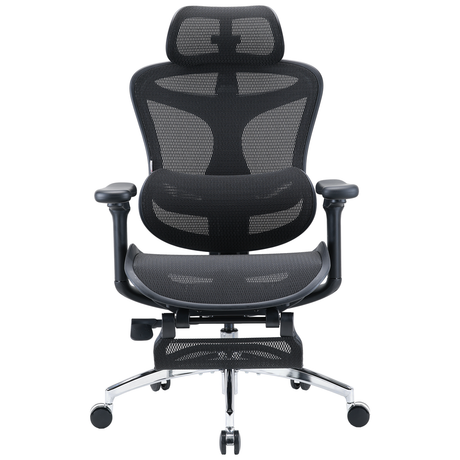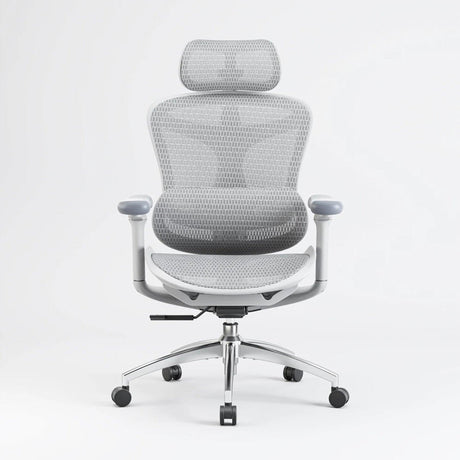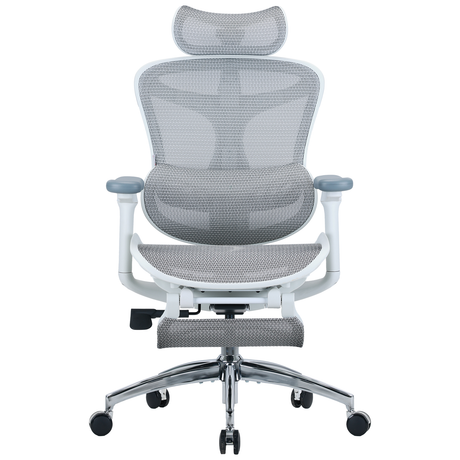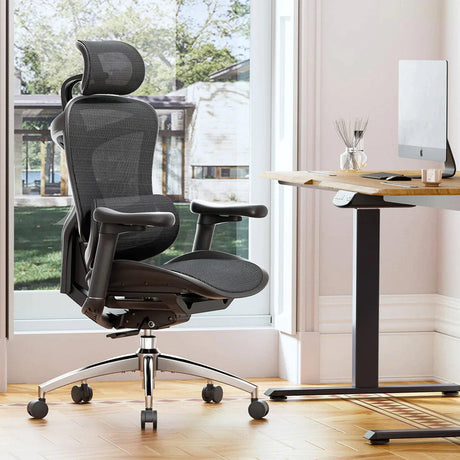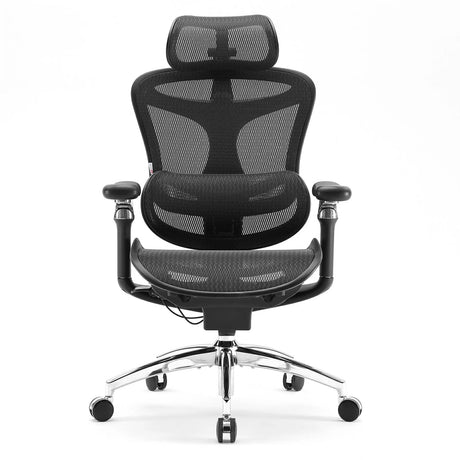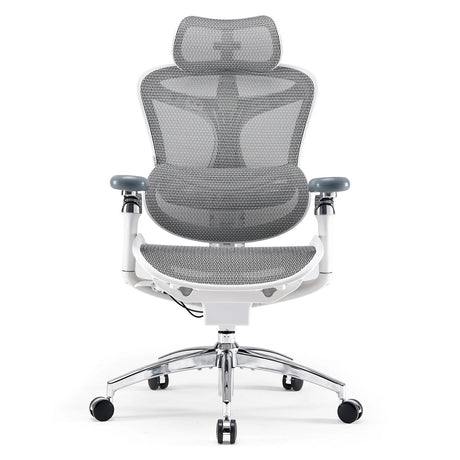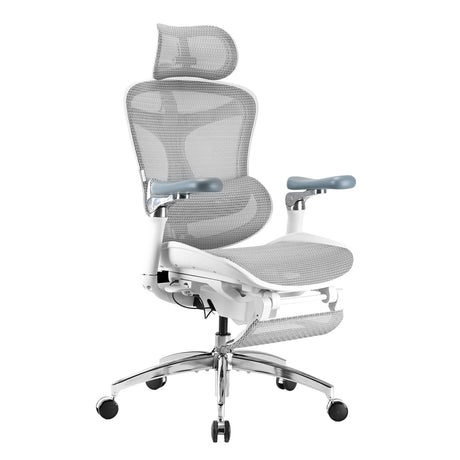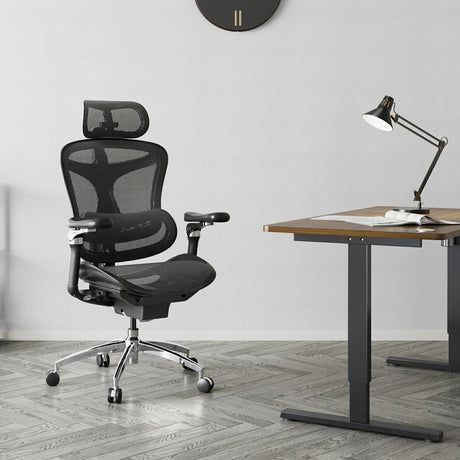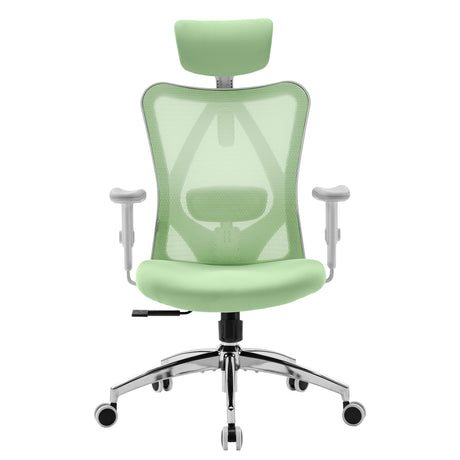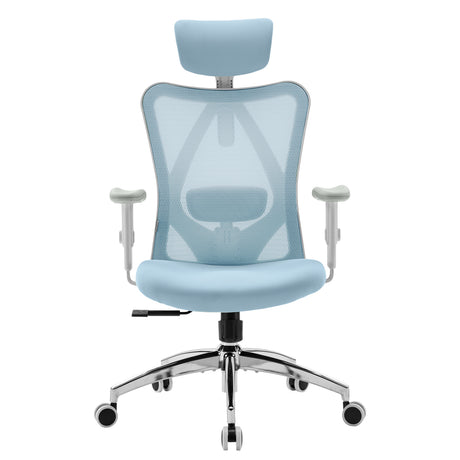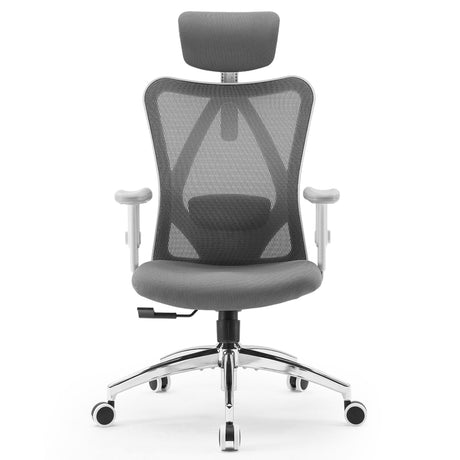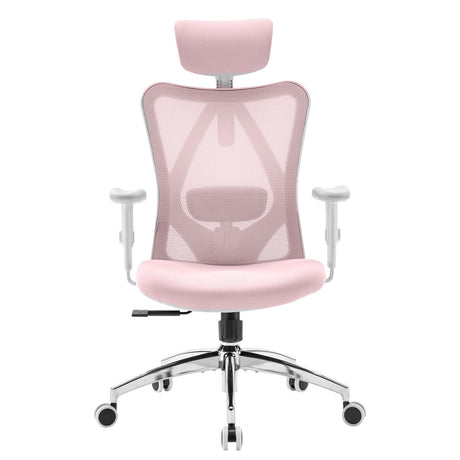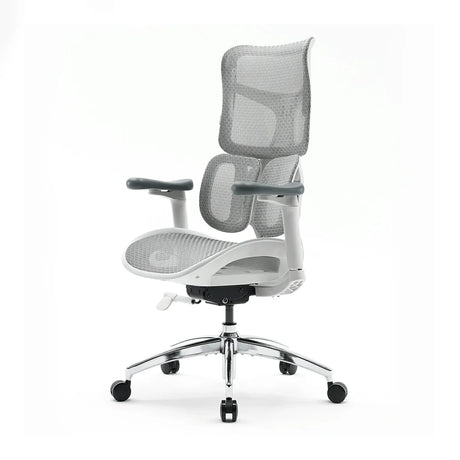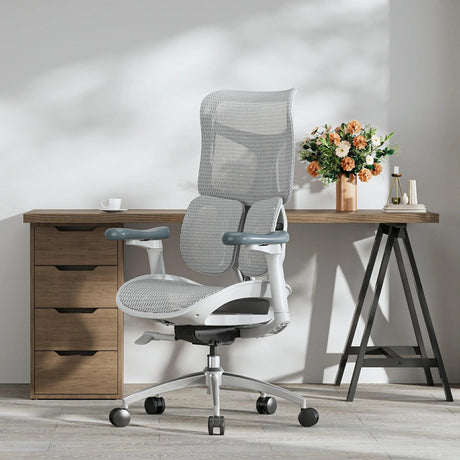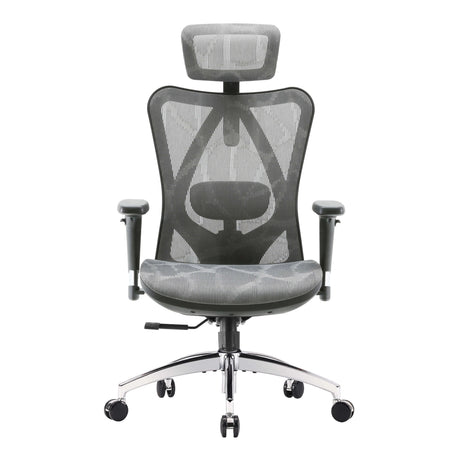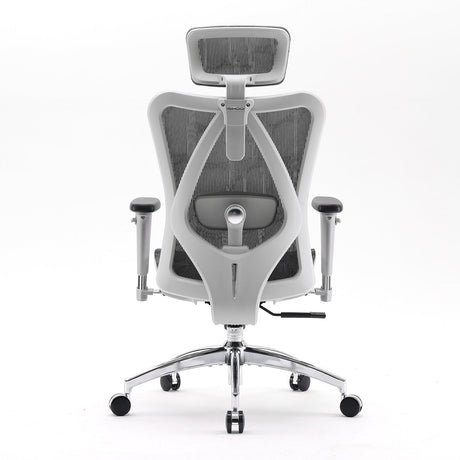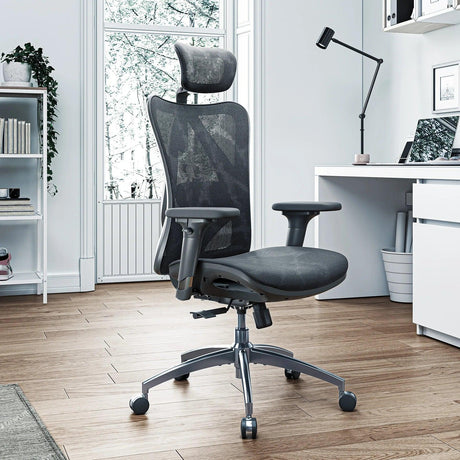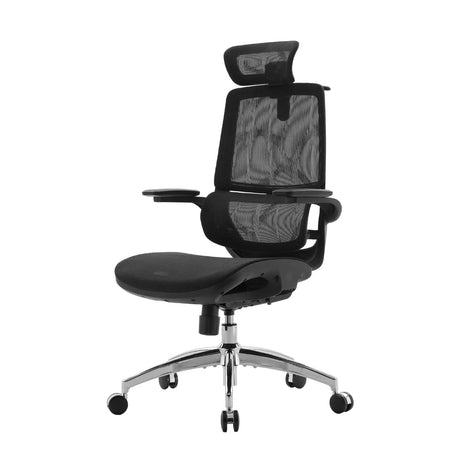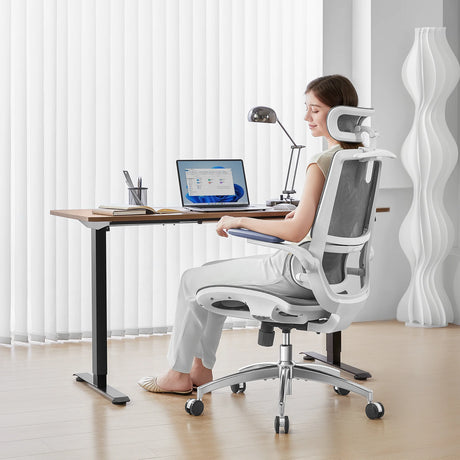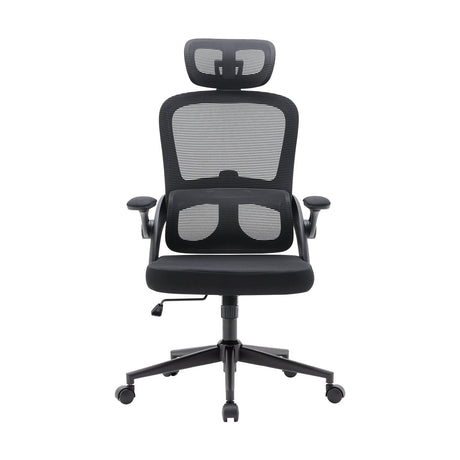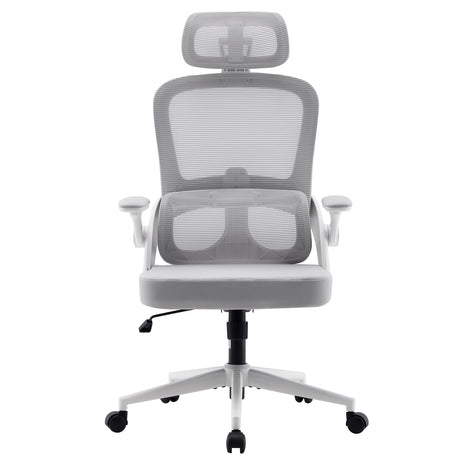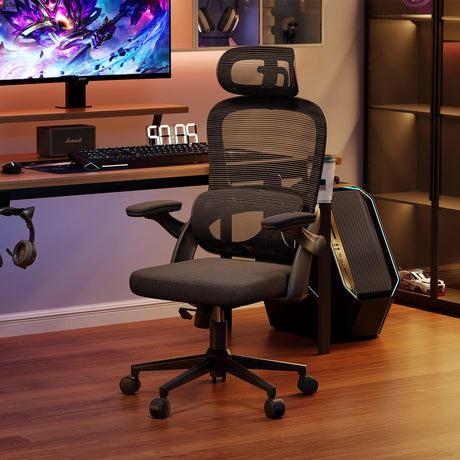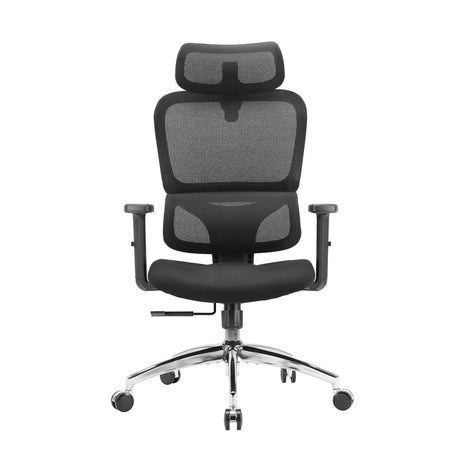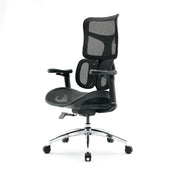Modern work culture has changed dramatically over the last two decades. More people than ever spend their workdays sitting—often for seven, eight, or even ten hours at a stretch. Whether you're working at a corporate office, a home office, a co-working space, or a hybrid setup, long sitting has become a default part of many people's routines.
Yet the human body wasn’t designed for hours of uninterrupted sitting. Our musculoskeletal system thrives on movement, and our circulation, metabolism, and posture depend heavily on regular activity. When you sit all day at work, you may notice tight hips, stiff shoulders, lower-back discomfort, fatigue, reduced focus, or even long-term issues like chronic pain or reduced mobility.
The good news? You don’t need to overhaul your entire lifestyle or quit your job to protect your health. Small, strategic changes—combined with the right ergonomic setup—can dramatically improve your well-being and performance.
This comprehensive guide explores what happens to your body when you sit all day, and more importantly, what you can do about it, backed by workplace ergonomics, movement science, and health recommendations.
Table of Contents
1. Why Sitting All Day Is a Growing Problem
2. What Happens to Your Body When You Sit for Hours
3. Signs That Your Body Is Struggling With prolonged Sitting
4. What You Should Do If You Sit All Day at Work
- Adjust your workstation ergonomically
- Improve your sitting posture
- Introduce movement into your day
- Use stretch and mobility routines
- Alternate between sitting and standing
- Support your body with the right office chair
- Reduce sedentary habits outside of work
5. A Practical Hour-by-Hour Routine for Desk Workers
6. Long-Term Strategies to Stay Healthy in a Sedentary Job
7. Final Thoughts
1. Why Sitting All Day Is a Growing Problem
A generation ago, most jobs required more movement—walking between departments, lifting materials, running errands, or performing tasks that naturally broke up the day. Today, many industries rely heavily on computer-based work, digital communication, and virtual collaboration.
Some key trends contribute to prolonged sitting:
- Remote work and hybrid schedules have reduced natural movement within offices.
- Meetings are virtual, eliminating the need to physically walk between conference rooms.
- Digital tools replace manual tasks, causing even office chores to become sedentary.
- Workloads have increased, making employees less likely to take natural breaks.
Although sitting is not inherently harmful, sitting without movement is the issue. It is the combination of:
- Fixed posture
- Low muscle activation
- Restricted circulation
- Prolonged compression
that leads to strain, discomfort, and long-term health concerns.
Understanding why sitting affects your body is the first step toward making healthier choices during your workday.
2. What Happens to Your Body When You Sit for Hours
2.1 Poor Circulation and Muscle Inactivity
When you sit, your muscles—especially the glutes, hamstrings, lower back, and hips—remain in a passive state. Blood flow slows down, particularly to the legs, which can cause stiffness, swelling, or discomfort.
Over time, poor circulation contributes to:
- Muscle fatigue
- Leg swelling
- Varicose veins
- Increased risk of metabolic issues
2.2 Postural Imbalances
Most people naturally collapse into a slouched position after 20–30 minutes of sitting. This posture rounds the shoulders, pushes the head forward, and shortens the hip flexors.
This can lead to:
- Lower back pain
- Tight neck and shoulders
- Poor breathing efficiency
- Reduced core engagement
2.3 Stress on the Spine
Sitting increases the pressure on your lumbar discs more than standing or walking. Over time, this can contribute to:
- Degenerative disc issues
- Chronic lower back pain
- Sciatica
2.4 Reduced Metabolic Activity
Your body's calorie-burning slows dramatically when you sit still. This makes it easier to gain weight, feel sluggish, or develop insulin resistance.
2.5 Mental Fatigue
A sedentary state also influences the brain. Long sitting reduces oxygen flow and makes it harder to concentrate, think clearly, or stay alert.
If you’ve ever felt exhausted after a day of doing “nothing but sitting,” this is why.
3. Signs That Your Body Is Struggling With Prolonged Sitting
You may not notice problems right away. Many symptoms start small and gradually worsen.
Common warning signs include:
- Lower back discomfort
- Tight hips or hamstring stiffness
- Neck and shoulder tension
- Wrist or forearm strain
- Tingling or numbness in the legs
- Persistent fatigue
- Increased irritability or stress
- Reduced focus during work
- Headaches caused by poor posture
If you’re experiencing even one or two of these symptoms, it’s time to take action.
4. What You Should Do If You Sit All Day at Work
This is where meaningful change begins. The following strategies are supported by ergonomists, physiotherapists, and workplace health experts.
4.1 Adjust Your Workstation Ergonomically
An ergonomic workstation reduces strain by supporting your body’s natural alignment. Even small adjustments can significantly reduce discomfort.
Ideal ergonomic setup:
Chair Height
- Your feet should rest flat on the floor.
- Knees should be at a 90–100° angle.
- Thighs should be parallel to the ground.
Desk Height
- Forearms should rest parallel to the desk surface.
- Elbows should form a relaxed 90° angle.
Monitor Position
- The top of the screen should be at or slightly below eye level.
- The screen should be roughly at arm’s length.
- Avoid tilting your head up or down.
Keyboard & Mouse Placement
- Keep them close to your body.
- Avoid reaching forward.
- Maintain relaxed shoulders.
4.2 Improve Your Sitting Posture
You don’t need to sit “perfectly” all day. In fact, constantly holding one posture can be counterproductive. Instead, the goal is supported, dynamic posture.
Keys to healthy posture:
- Keep your hips slightly above your knees to open the hip angle.
- Maintain natural spinal curves with good lumbar support.
- Keep your shoulders relaxed, not elevated.
- Avoid leaning forward to “chase the screen.”
- Move frequently, even while sitting—micro-adjustments help.
An ergonomic office chair with proper lumbar support and flexible backrest movement can help maintain posture without effort.
4.3 Introduce Movement Into Your Day
Movement is the single most important antidote to prolonged sitting.
The rule of thumb:
Sit for 30 minutes, stand or move for 2–5 minutes.
Even short bursts of activity help:
- Improve blood flow
- Reduce stiffness
- Increase alertness
- Burn extra calories
- Ease stress
Easy workplace movement ideas:
- Walk to get water every hour.
- Take phone calls standing or walking.
- Use the stairs instead of the elevator.
- Do simple desk stretches.
- Walk during virtual meetings when possible.
These movements may seem small, but together they significantly counteract prolonged sitting.
4.4 Use Stretch and Mobility Routines
Stretching helps relieve tight muscles and restore mobility. A few minutes a day makes a noticeable difference.
Target areas include:
- Hip flexors
- Hamstrings
- Glutes
- Chest and shoulders
- Neck and upper back
- Wrists and forearms
Examples of effective stretches:
- Seated or standing hip flexor stretch
- Chest opening stretch
- Neck side bends
- Spinal twists
- Standing hamstring stretch
You can build a simple 5-minute mobility routine every 2–3 hours.
4.5 Alternate Between Sitting and Standing
Standing desks or adjustable height desks allow you to switch positions throughout the day. This is one of the most effective strategies for combating sedentary fatigue.
How much standing is ideal?
Experts recommend at least 2–4 hours per day of standing blended into your work schedule.
Keys to standing effectively:
- Shift weight between legs occasionally.
- Stand on an anti-fatigue mat if possible.
- Don’t lock your knees.
- Keep your monitor and keyboard aligned correctly while standing.
4.6 Support Your Body With the Right Office Chair
Your best office chair is the foundation of your physical well-being during work. A high-quality ergonomic chair can significantly reduce the strain associated with long sitting.
Features to look for:
- Dynamic lumbar support that adapts as you move
- Adjustable seat height and depth
- Flexible backrest with recline
- Breathable mesh or comfortable cushioning
- Multi-directional armrests
- Stable, well-balanced base
A chair designed with ergonomics in mind doesn’t just prevent discomfort—it helps keep you energized and focused throughout the day.
4.7 Reduce Sedentary Habits Outside of Work
Even if you sit all day at your job, you can offset the effects by staying active during your personal time.
Healthy habits include:
- Walking after meals
- Stretching in the morning or evening
- Exercising 3–4 times per week
- Limiting screen time during leisure hours
- Engaging in hobbies that involve movement
The more activity you integrate, the better your body will manage the demands of your workday.
5. A Practical Hour-by-Hour Routine for Desk Workers
To make these strategies more actionable, here’s a realistic routine you can follow:
9:00 – 9:30 AM
Start in a seated position with good ergonomic posture.
Briefly reset your chair adjustment if needed.
9:30 – 9:35 AM
Stand up, stretch your shoulders and neck.
9:35 – 10:30 AM
Alternate between sitting and standing.
10:30 – 10:35 AM
Take a short walk—refill your water, walk around the office.
10:35 – 12:00 PM
Sit with periodic posture adjustments.
12:00 – 1:00 PM
Lunch + 10–15 minute walk.
1:00 – 1:45 PM
Standing desk session.
1:45 – 1:50 PM
Hip and hamstring stretch.
1:50 – 3:00 PM
Seated work; take short movement breaks.
3:00 – 3:05 PM
Walk or light mobility routine.
3:05 – 5:00 PM
Mix between sitting and standing.
These micro-adjustments add up to hours of improved posture and movement.
6. Long-Term Strategies to Stay Healthy in a Sedentary Job
6.1 Strengthening Your Core and Back
Strength training helps prevent injuries and reduces discomfort from sitting.
Focus on:
- Core stability
- Glute activation
- Back extensors
- Hip mobility
6.2 Regular Physical Activity
Aim for at least 150 minutes of moderate activity weekly.
Walking, swimming, cycling, yoga, Pilates, and strength training all support spinal health.
6.3 Mindful Posture Awareness
Check in with your posture regularly. A small reset every hour prevents slouching from becoming your default.
6.4 Ergonomic Upgrades
As your workload grows, your workspace should evolve with it.
Consider upgrading:
- Your chair
- Your desk
- Monitor arms
- Keyboard trays
- Footrests
These adjustments improve comfort and protect your long-term health.
7. Final Thoughts
Sitting all day doesn’t have to ruin your posture, strain your back, or drain your energy. The key is balancing sitting with movement, setting up your workstation correctly, stretching regularly, and supporting your body with ergonomic tools.
You don’t need extreme lifestyle changes—small, consistent habits make the biggest impact.
By understanding how long sitting affects your body and implementing the strategies in this guide, you can stay comfortable, focused, and healthy—even in a desk-bound job.
If you treat your body well during work, it will reward you with better mobility, less pain, and higher productivity for years to come.


